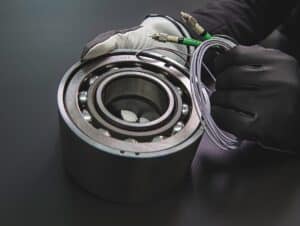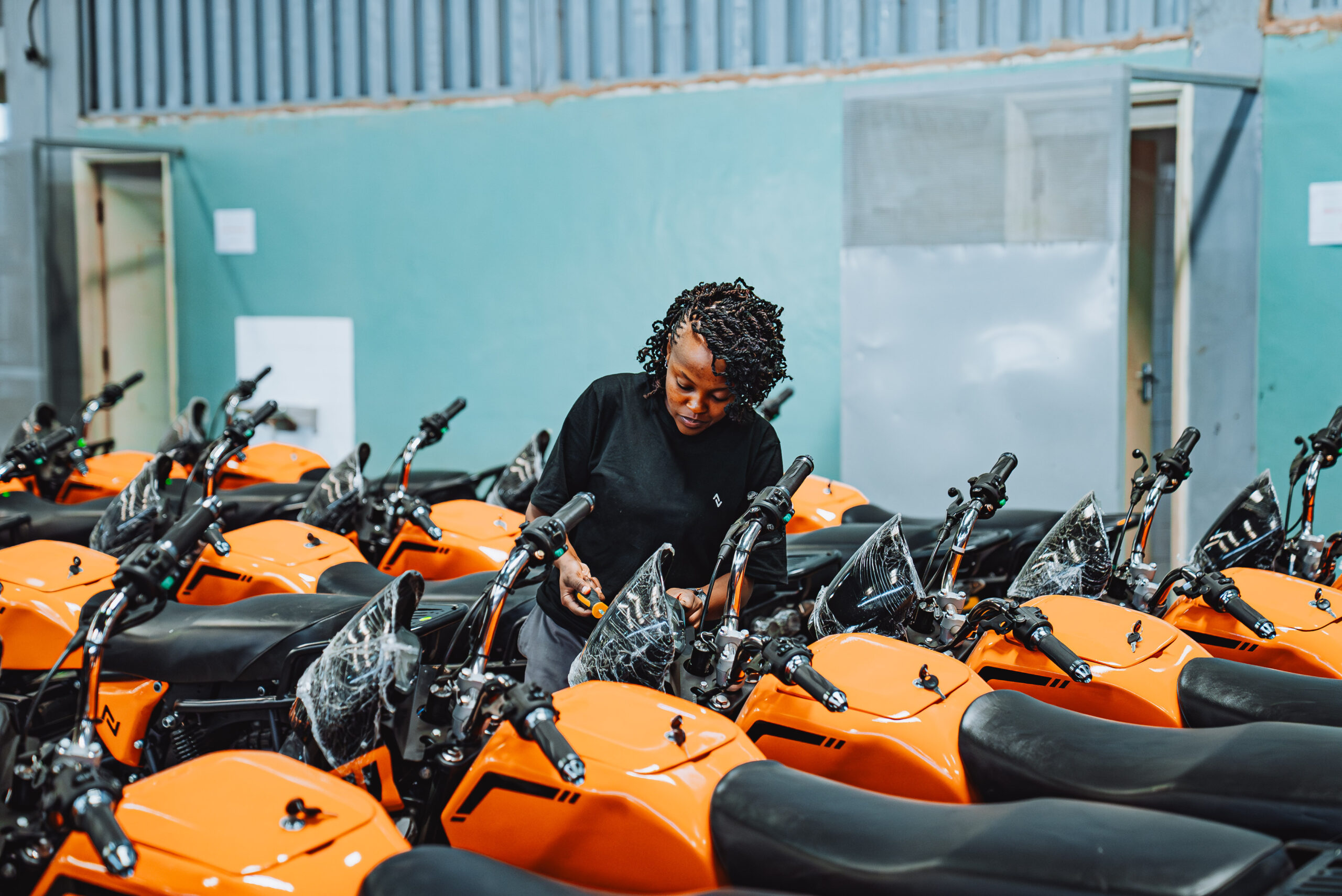What if you could continuously track bearing performance? SKF Australia has you covered.
In an industry where efficiency and accuracy are key, ensuring milling machinery is firing on all cylinders is critical to boosting recoveries.
SKF Australia has taken this challenge to heart, creating a new system that monitors machine bearings in real-time, increasing utilisation of installed power without overfilling the mill.
Founded in 1907 and now represented in close to 130 countries, SKF’s fight with friction sees the company support greater efficiency and output in industries – including mining – every day. The SKF Insight sensor bearing takes this to the next level.
“Traditionally, you need to install sensors external to the bearing, usually on the bearing housing or around that area, with each individual part monitoring a different variable – whether it be temperature, vibration or load,” SKF Australia business development manager Paul Dempsey told Australian Mining.
“With this new technology, which is embedded with a fibre-optic sensor, we’re giving operators the power to take data directly from the bearing and understand it accurately.”
Dempsey said the SKF Insight sensor bearing is a “big differentiator” for the company, which is only scratching the surface of the solution’s capability.
The sensor bearing can measure temperature, loads, cage speeds and vibrations, but it can also be used to spot pain points, which Dempsey said has crucial benefits.
“Downtime on a critical asset can cost a mine site hundreds of thousands, if not millions, of dollars,” he said. “And it could be a component as simple as a bearing causing the issue.

“With the SKF Insight sensor bearing, operators can foresee any warning signs before they become critical issues, enabling them to implement preventive maintenance measures to avoid a breakdown.”
In its efforts to remove friction, SKF Australia creates some of the world’s most innovative products, collaborating with forward-thinking partners to help make the mining industry smarter, more competitive, and more energy efficient.
The company counts Tier 1 original equipment manufacturers such as Metso, as well as many major mining companies across the world, as clients.
SKF Australia will be looking to form additional partnerships when it showcases the Insight sensor bearing at the International Mining and Resources Conference (IMARC), to be held at the ICC Sydney from October 21–23. The company will be exhibiting at stand T31.
Set to be a “star of the show” at the event, the company believes the technology can provide a platform for future milling efficiency, enabling miners to get the best out of their ore for years to come.
“Bearings can cost mine sites a lot of money, so operators are always looking to get the most out of these components,” Dempsey said.
“For this reason, we believe there will be plenty of interest in the solution at IMARC; having real-time data available to you opens up a world of possibility.
“We’re already involved in a project in the US trialling real-world applications for this technology. We’re starting to generate plenty of interest from our end users in the mining industry.”
IMARC will welcome more than 10,000 attendees across the three days, with over 500 exhibits to explore. The 2025 conference program will tackle three key themes: strengthening supply chains, optimising costs, and driving productivity, with a range of deeper topics to be explored.
Dempsey said that while fibre-optic sensing technology isn’t a new phenomenon, how it’s being used separates SKF Australia from the rest.
“This is cutting-edge technology, so others may have tried and failed to do this,” he said, “Having developed the baseline, this is only the start for our sensor bearing technology. We’re now looking at what other applications this can be used for and what additional insights can be given to customers.”
This feature appeared in the October issue of Australian Mining magazine.




